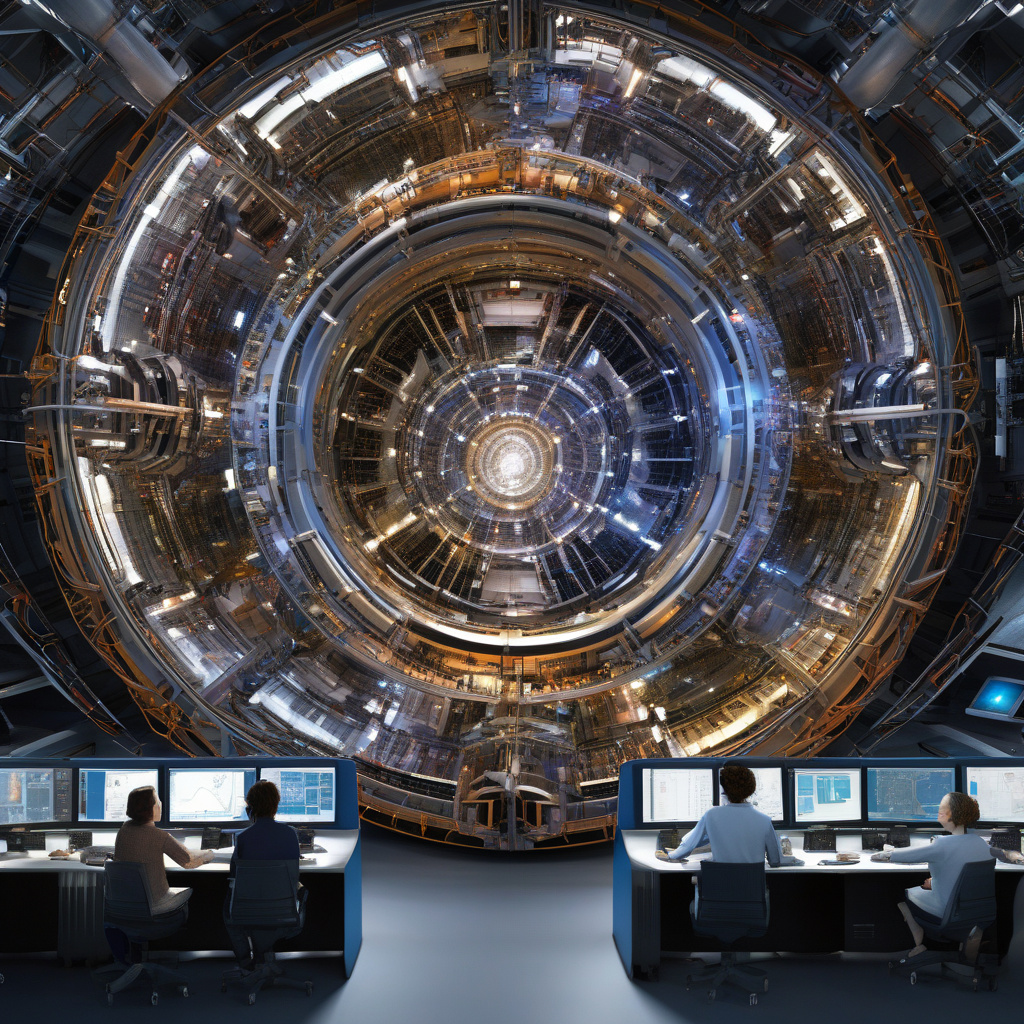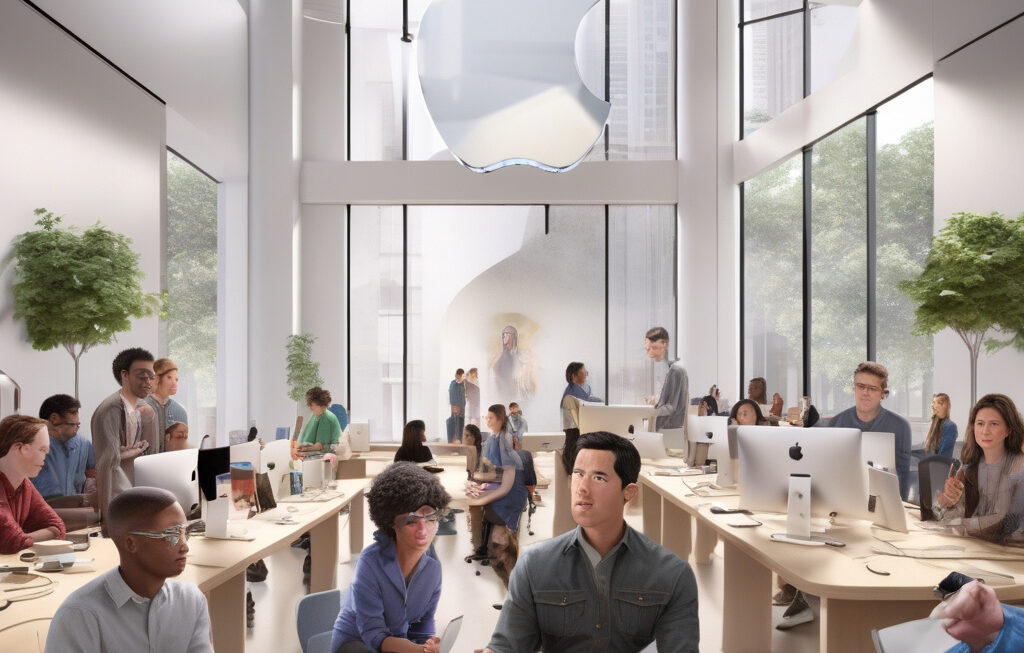AI Reveals Rare Decay of Higgs Boson: How CERN Physicists Leveraged Technology to Unlock Secrets
Researchers at CERN have used artificial intelligence (AI) to explore one of the Higgs boson’s rarest behaviors, leading to a groundbreaking discovery in the world of particle physics. By harnessing the power of AI, physicists have been able to charm the elusive Higgs boson into revealing its rare decay, shedding light on fundamental aspects of the universe.
The Higgs boson, often referred to as the “God particle,” plays a crucial role in the Standard Model of particle physics by endowing other particles with mass. However, certain properties of the Higgs boson, such as its rare decay modes, have remained elusive and challenging to study. This is where AI has stepped in to revolutionize the way physicists approach these complex phenomena.
AI algorithms have the remarkable ability to analyze vast amounts of data with speed and precision that surpasses human capabilities. In the case of the Higgs boson, AI has enabled researchers to sift through enormous datasets generated by particle collisions at CERN’s Large Hadron Collider (LHC) in search of rare decay patterns. By training AI models on simulated data and allowing them to learn the distinctive features of these decays, physicists have been able to identify subtle signals that would have otherwise gone unnoticed.
One of the key advantages of using AI in particle physics research is its capacity to uncover patterns and correlations that may be imperceptible to the human eye. By employing sophisticated machine learning techniques, physicists can extract valuable insights from noisy data and distinguish meaningful signals from background noise. This capability has proven to be invaluable in the quest to unravel the mysteries of the Higgs boson and its interactions.
In a recent study conducted at CERN, researchers successfully employed AI to detect a rare decay of the Higgs boson into two muons, a type of heavy electron. This decay channel, while predicted by the Standard Model, had never been observed directly due to its elusive nature. By leveraging AI algorithms to comb through LHC data, physicists were able to identify a handful of events consistent with the expected signature of the Higgs boson decay, providing the first experimental evidence of this rare process.
The discovery of the Higgs boson’s rare decay into two muons represents a significant milestone in particle physics and opens up new avenues for exploring the properties of this enigmatic particle. By harnessing the power of AI, CERN physicists have been able to push the boundaries of our understanding of the fundamental forces that govern the universe.
As we look to the future, the integration of AI technologies into particle physics research holds immense promise for uncovering even more hidden phenomena and advancing our knowledge of the subatomic world. By combining human ingenuity with the computational prowess of AI, scientists are poised to make further breakthroughs that will shape our understanding of the cosmos for years to come.
In conclusion, the use of artificial intelligence in studying the rare decay of the Higgs boson at CERN exemplifies the transformative impact of technology on scientific exploration. Through the innovative application of AI algorithms, physicists have been able to unravel complex mysteries of the universe and pave the way for future discoveries in particle physics.
#AI, #CERN, #HiggsBoson, #ParticlePhysics, #ArtificialIntelligence












